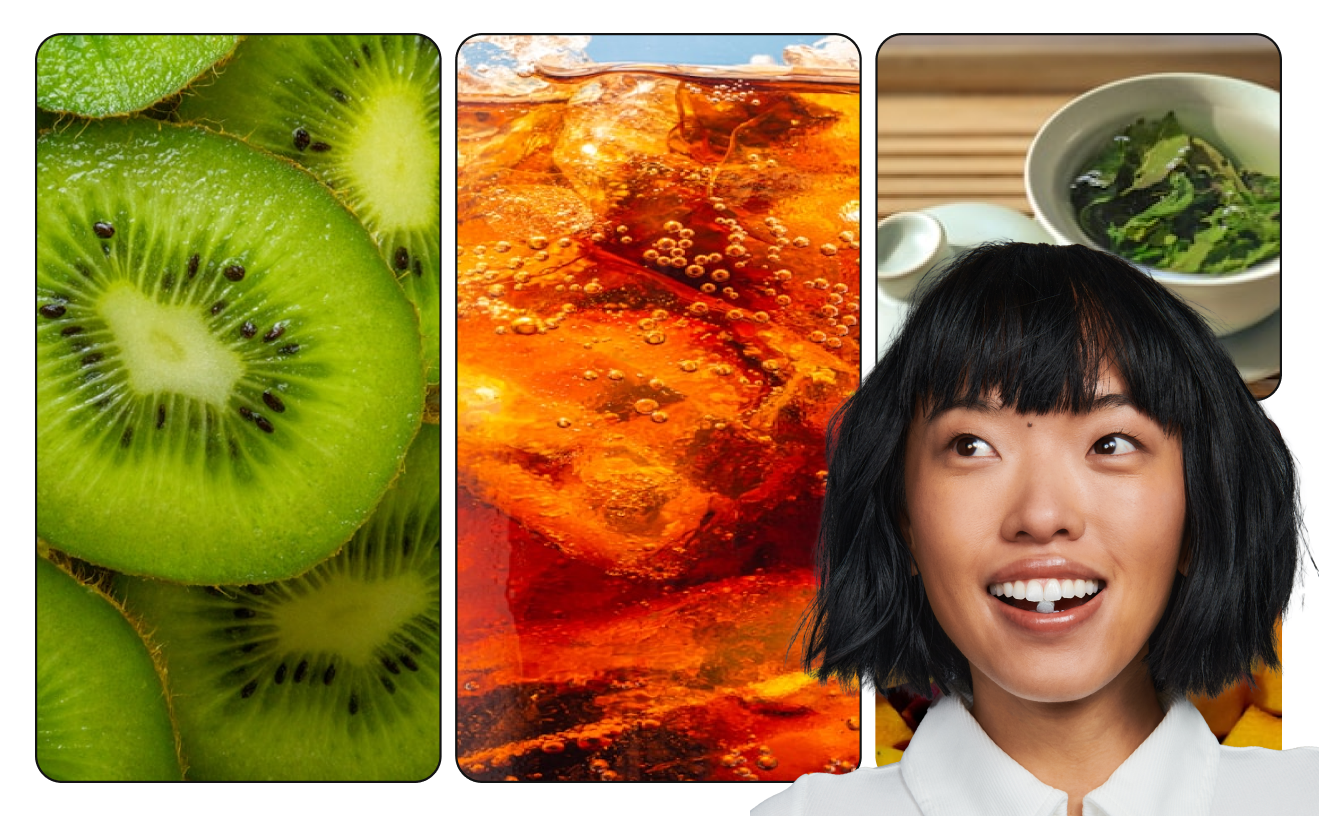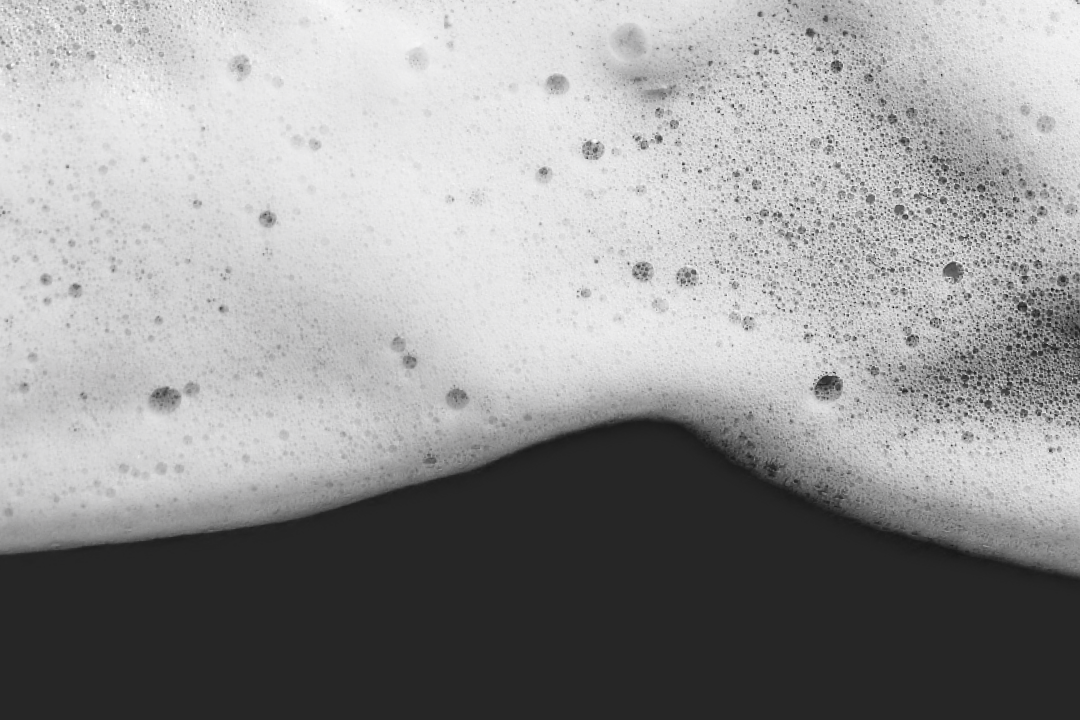Loofah Alternative
The order in which we go about our shower routines varies from person to person. Some of us prefer to start with our hair, shampooing and conditioning before soaping while others the reverse. Regardless of your preferred order of shower operations,
removing dirt and dead skin cells from the skin is a very important part of the cleansing process.
However, the soaping stage can sometimes be more complex than it has to be.
Should we use washcloths, just our hands, opt for sponges, or go another route entirely? How can we achieve that perfect lather and scrub that will have us feeling squeaky clean? So many questions!
Some people decide that a conventional loofah is best for them, as they are so readily available. The unfortunate reality, though, is that these kinds of loofahs do more harm than good. Let’s talk sustainability (our favorite subject) — and colorful scrubby loofahs
How Are Conventional Loofahs Made?
Loofahs (also spelled “luffas”) first rose to popularity as a product crafted from a gourd in the cucumber family.
Luffa gourds are grown in warm and tropical climates. Once they bloom, the gourd can be harvested and left to dry for as long as six months. From there, these crops can be soaked in water, peeled, deseeded, and then shaped into any desired form.
While that is the case for natural loofahs, the vast majority of the loofah sponges on the market are made with synthetic materials. They have been crafted to emulate the feel, experience, and exfoliating properties of real luffas, but they are not made sustainably.
Instead, they typically consist of nylon and other kinds of plastic. This is an unfortunately stark contrast to their natural gourd origins.
What Are the Downsides of a Conventional Loofah?
For those who want some exfoliation while soaping, a traditional loofah may seem like your best bet. At first glance, loofahs are affordable, sturdy enough, and playfully colorful.
However, as anyone who has used a loofah for a prolonged period will tell you, they wear out incredibly quickly and can get that grimy feel. On top of this they are made out of harmful plastics — we can’t even imagine how many used bright pink and blue scrubbies are just sitting around in landfills and will continue to just sit there idle when their plant-based counterparts decompose in just a few weeks, but that’s for later. 👀
Breakdown and Bacteria
Traditional loofahs will lose their initial shape quickly after their first use, and much more alarmingly, they are a breeding ground for bacteria. They are stored in a warm, wet place and always put back into “storage” moist. This warm environment also never allows them to fully dry out, giving the bacteria a place to live and thrive.
Chances are, if you look at a conventional loofah, you will notice that it is equipped with an abundance of small holes or a kind of netting. This netting will pick up dead skin cells and house them, building up grime over time as you use it.
Plastic Content
To keep a synthetic loofah clean and hygienic, it has to be replaced often.
“Fake” loofahs generate a high volume of plastic waste because they’re seen as entirely disposable. As soon as they start to show signs of wear, and at roughly just a few dollars per loofah at the local big box store, people often don’t think twice about how often they replace their loofah.
Even worse, this easy-waste mindset is present at every step of the supply chain. To obtain and create the plastic used in the loofah, fossil fuels have to be burned which harms the environment and atmosphere.
When loofahs are thrown away, they will often end up in a landfill or pollute a body of water. Unlike their plant-based counterparts, old loofahs will just sit there — even if they are meshy and seem to fall apart, they’re still made of plastic, and that’s what plastic does.
What Types of Loofah Alternatives Are There?
The good news is that if you are looking for an environmentally friendly loofah alternative, you have a wide selection of possibilities in front of you (we love to see it!). Not only do these options often work better than plastic loofahs, but they do significantly less harm to the environment along the way.
The best loofah alternatives are those that benefit both you and the planet at the same time, and we at Bite are here with a list of items that can do just that.
Sustainable Cotton Loofahs
Cotton loofahs are perfect for those who love exfoliation but are ready to ditch the plastic. If you are trying to use less plastic, a cotton loofah is an option we love.
Plant Fiber Loofahs
Plant fiber loofahs are biodegradable and do not require an abundance of fossil fuels to be produced in the first place. They will still remove dead skin cells with ease but will not harm the planet in the process. These are typically completely vegan and cruelty-free, which is a welcome bonus.
Gourd Loofahs
A gourd luffa is made of the Luffa aegyptiaca plant and, as such, comes from renewable materials. It is an absolutely sustainable option that we’re tempted to try and grow ourselves in the backyard.
Exfoliating Mitts
For those exfoliation fiends, mitts are much better than loofahs. They do not house bacteria in the same way, and they offer a lot more dexterity than a loofah would. For even more manageability, consider exfoliating gloves rather than mitts. Plus, many of these are made from similar plant-based fibers like in the loofah-style above!
Konjac Sponges
Konjac sponges offer less of a perfect environment for bacteria to thrive, and they can also be made sustainably. Not to mention, they’re super gentle on skin and are easily available through a lot of online green beauty retailers, tailored for facial skin and body skin alike.
Body Scrubs
Lastly, you can skip the loofah concept completely by using a body scrub. These have exfoliating components that will remove dead skin cells.
While there are tons of body scrubs available that use naturally derived exfoliators like ground apricot seed, sugar, or fine-ground coffee beans, many cheaper quality versions of these products make use of microbeads that are made from microplastics.
These microplastics do significant harm to efforts for ocean conservancy, so make sure you’re going with a green beauty or skincare brand that proudly highlights their use of natural exfoliants. Also, it’s much more luxurious to exfoliate with ground coffee beans or raw sugar than tiny pieces of plastic!
Should I Scrub My Body Every Day?
Once you have settled on which of these many worthy loofah alternatives is best for you, you may still have some questions.
No matter how you decide to exfoliate, doing it too much can lead to dry and irritated due to the body being stripped of its natural oils. Instead, professionals recommend that you exfoliate your skin two or three times per week, or one to two times if you have sensitive skin.
This amount of exfoliation every week can help to clear out your pores of dead skin cell build-up that could otherwise cause breakouts. However, it should not leave you with overly uncomfortable and dry skin.
How Do I Clean My Loofah?
Loofah alternatives need to be cleaned just like their plastic loofah counterparts. After all, your loofah may clean you, so you should return the favor. It is integral to clean it regularly and prioritize its upkeep.
Once a Week Cleaning
You have a few primary options regarding the best way to clean your loofah or loofah alternative. Each of these works well, so it is up to you which is best for your specific lifestyle.
You can choose to wash your loofah by placing it in the washing machine with cold water or soaking it in hydrogen peroxide. We recommend just tossing it in the wash — it’s easy, it gets clean, and you’re not dealing with chemicals that can ruin your loofah.
Alternatively, you can also run your loofah under super hot water and then allow it to air dry completely before next use.
Replace as Needed
Even if you keep up with your loofah’s needs and regularly clean it thoroughly, there will still come the point where you must replace it. Do not hesitate to get a new one as you don’t want to scrub your skin with built-up bacteria. Plus, you have a sustainable loofah now — it’s okay to swap it out, guilt-free! 😉
Is a Loofah Really Necessary?
The reality is that you may not need a loofah at all. While they do allow for exfoliation, their advantages can often be over exaggerated.
Some people prefer loofahs to a hands-only washing routine because it makes them feel cleaner. But if you are not an avid loofah fan, that is usually fine, too!
Sources:
Do You Know What’s Growing on Your Loofah? | Cleveland Clinic
Luffa or Loofah: How To Grow and Use This Amazing Plant | Lewis Ginter
What Are Microplastics? | National Oceanic and Atmospheric Administration


